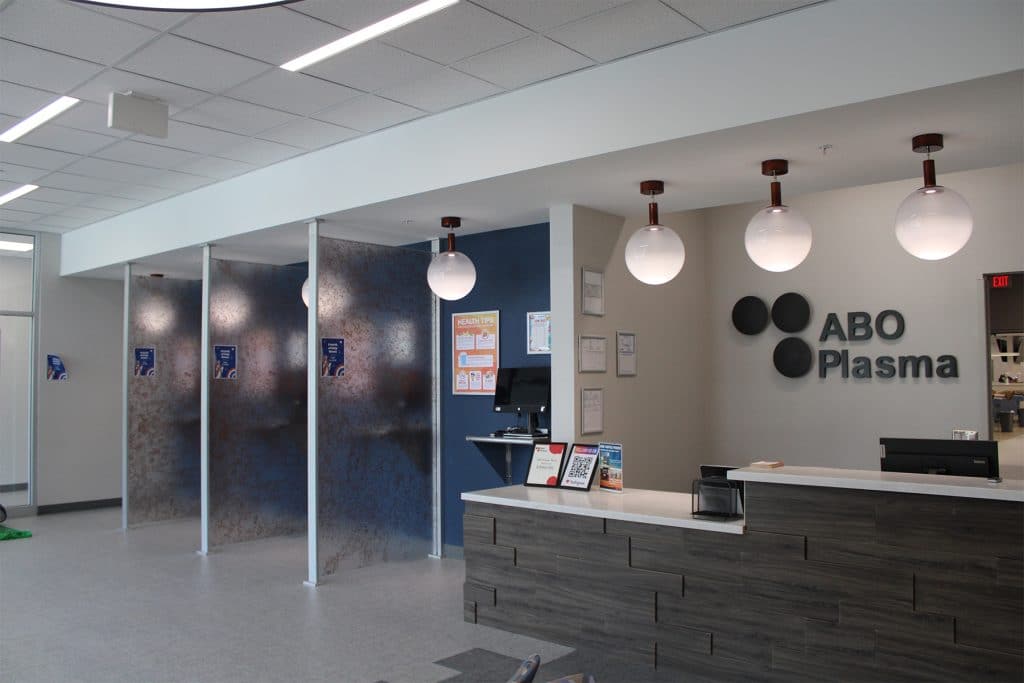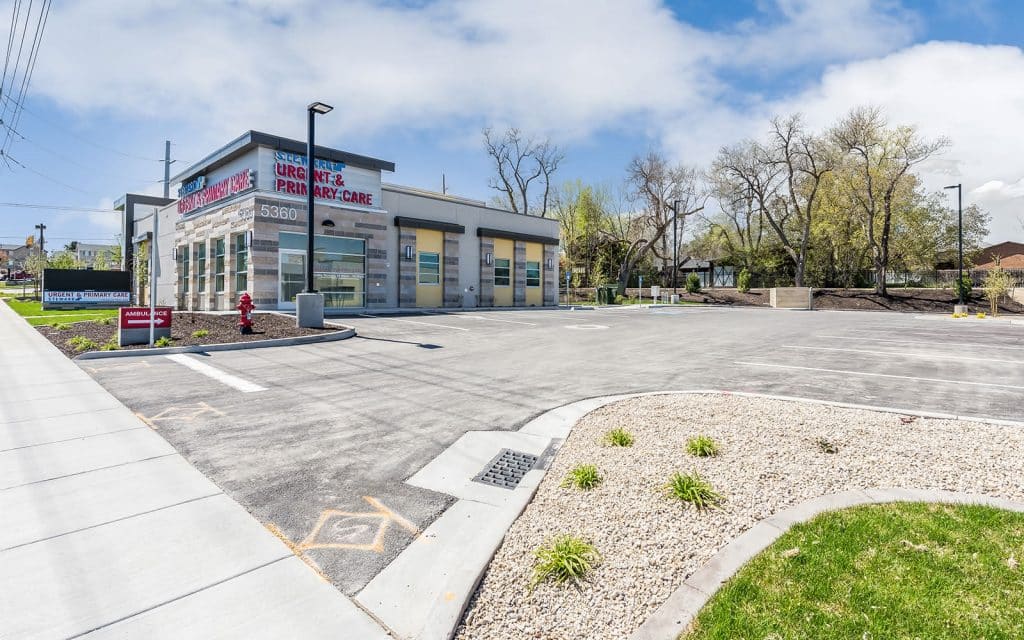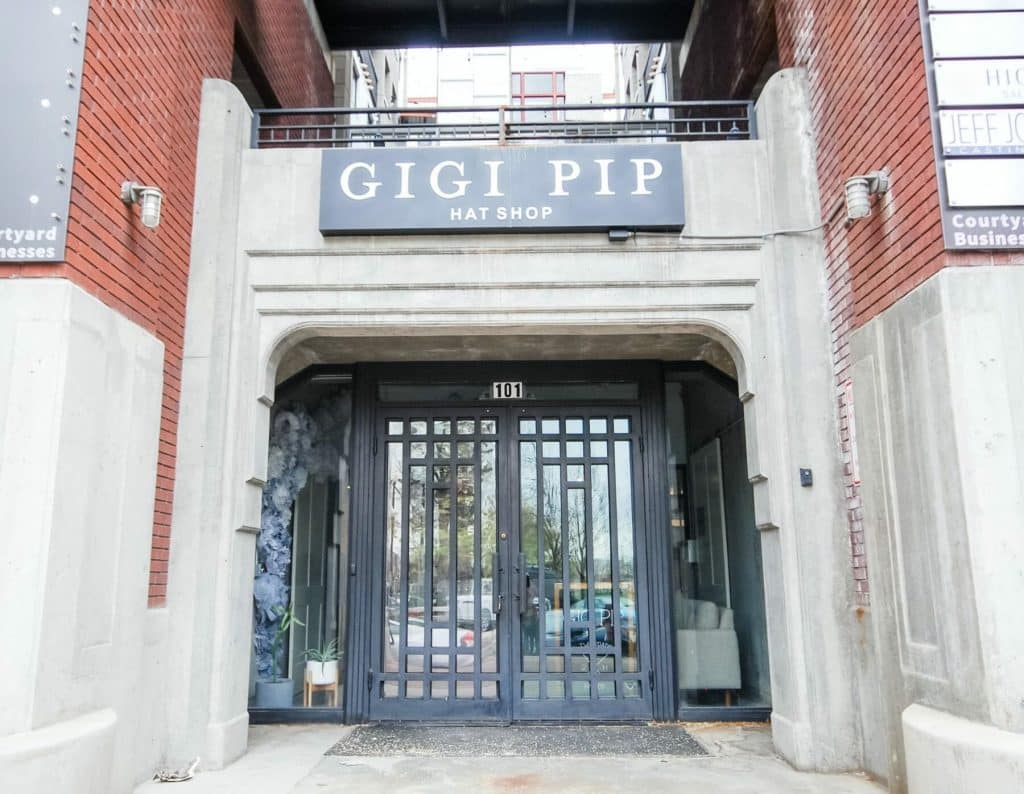Cook Builders Utah tenant improvement contractors provide a range of tenant improvement construction services, from commercial countertops & window installation to full-blown office remodels and business renovations. Have a project in mind? Let’s talk details. Request a bid now to get started.
Utah’s Trusted Tenant Improvement Contractors
Top-to-Bottom Commercial Tenant Improvements
At Cook Builders, we specialize in seamless, high-quality tenant improvements that transform commercial spaces to meet your exact needs. Whether you’re renovating an office, upgrading a retail storefront, or reconfiguring a restaurant, our experienced team handles every aspect—from custom finishes to full-scale build-outs. With a focus on precision, efficiency, and superior craftsmanship, we ensure your space is not only functional but also built to impress.
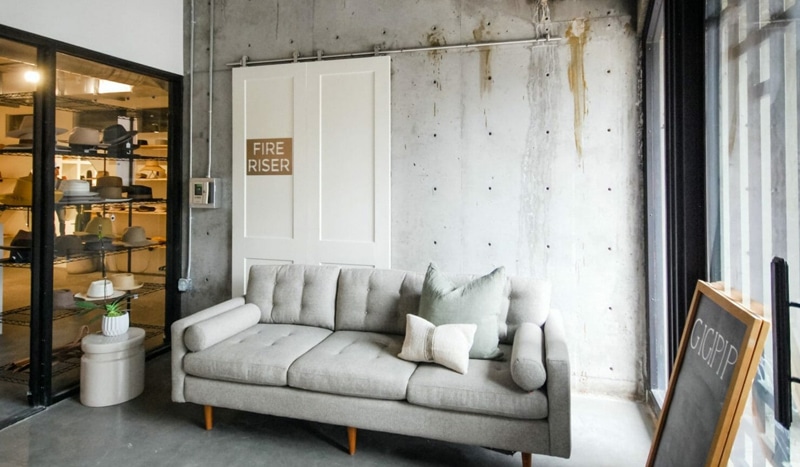
Office Remodeling, Business Renovations & Tenant Build-Outs
Refresh your commercial business space and enhance functionality with professional tenant improvement construction. Cook Builders is one of the highest-rated office remodeling companies in the state, our experienced tenant improvement contractors offer a full range of tenant build-outs and tenant improvement services for a variety of industries. Request a bid to get started!
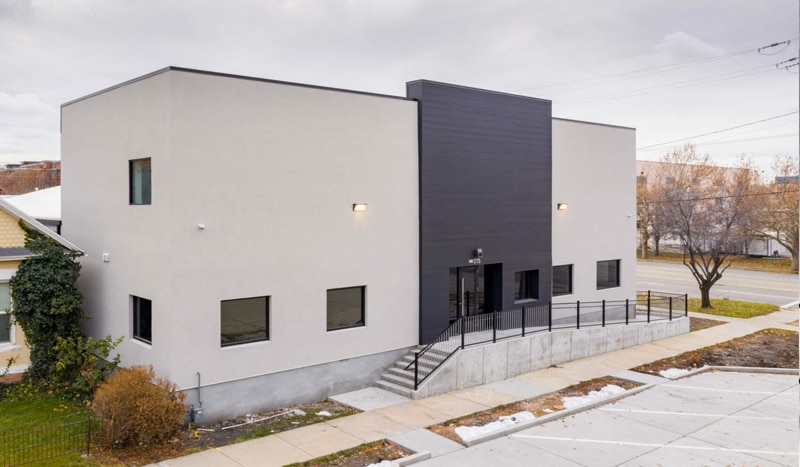
Exterior Tenant Improvements (windows, doors, skylights)
Liven up your business location with commercial window installation and door replacements. We can help you create a well-lit space that feels open and inviting with grand doorways, large windows, and even commercial skylight installation.
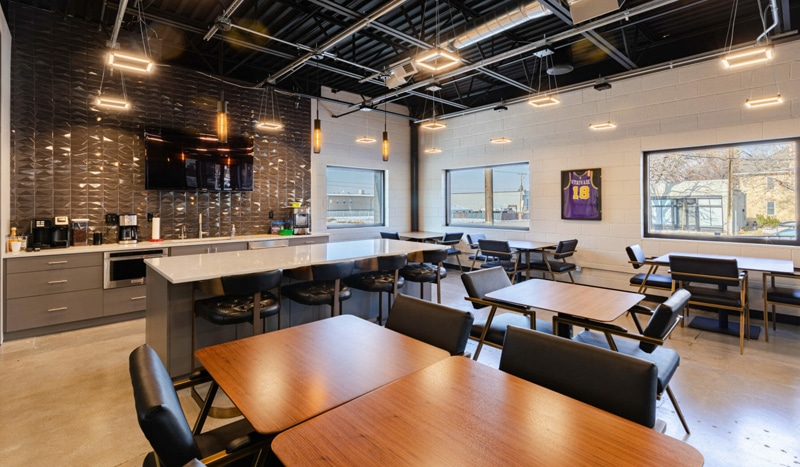
Commercial Countertops & Installation
For a business aesthetic that feels new, clean, and professional, round out your office remodel with high-quality commercial countertops. We use only the best materials and installation techniques to ensure an attractive and durable finish.
The Best Tenant Improvement Contractors in Utah
Cook Builders is backed by over 55 years of combined commercial construction experience, countless referrals, and a history of completing projects on time and in style. Our team is the one you can trust for dependable work, exceptional craftsmanship, and transparent communication. Let’s work together to bring your project to life.
Meet Our Tenant Improvement Construction Managers
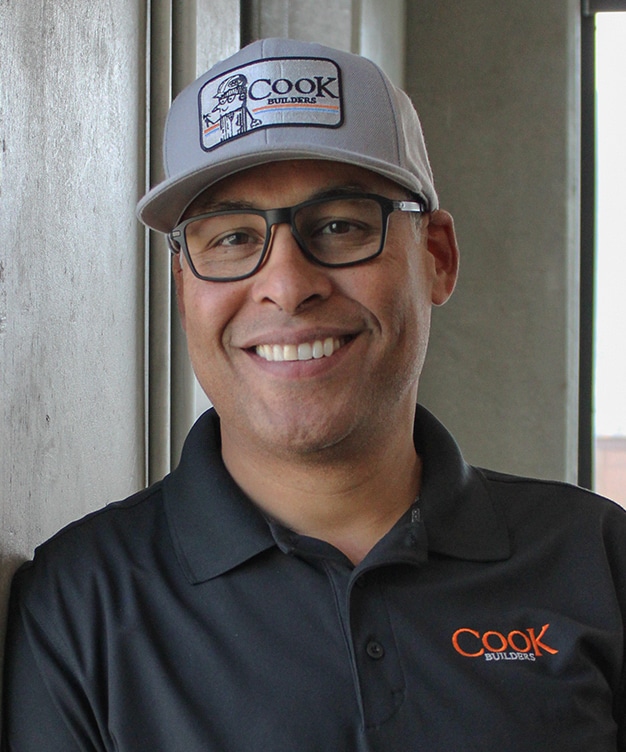
Jonathan
Eyzaguirre
Project Manager

Rob Bown
Superintendent
Commercial Tenant Improvement FAQs
Don’t See an Answer to Your Questions? Feel Free to Reach Out!
What are tenant improvements?
The basic definition of tenant improvements, otherwise known as leasehold improvements, are any customized alterations a building owner makes as part of a lease agreement. Many tenants or business owners buying a new lease may ask for changes to the physical space that better accommodate their company’s needs. A few examples of tenant improvements include adding offices, kitchen, additional bathrooms, conference rooms, or customized color schemes.
Is tenant improvement an asset?
Incentivizing lease buyers includes tenant improvements, which are considered an asset of the lease. These improvements usually come in the form of a TI allowance. The improvement allowance is either a fixed amount or based on a certain price per square foot. You should discuss the terms related to the taxable asset with a financial advisor for distinct information.
How does a tenant improvement allowance work?
A tenant lease improvement allowance is one of the most common ways landlords pay for tenant improvements in a commercial lease. The changes that a tenant asks for should fit within those pre-arranged means. If the cost of tenant improvements exceeds that TI allowance, the tenant must pay the difference. Usually, those numbers are broken down by price-per-square-foot or a total sum. Some landlords are flexible and willing to negotiate the TI allowance, especially if the rental market is doing well.
What is the difference between leasehold improvements and building improvements?
A building improvement is a change done by the building owner that improves function, increases value, or extends use. Leasehold or tenant improvements are made for a specific tenant’s benefit. The Internal Revenue Service also treats these different types very differently.
What are the most worthwhile tenant improvements?
Tenant or leasehold improvements are made to the interior of commercial spaces. The type of tenant improvements that are the most worthwhile, depends on the business leasing the building. If you are making changes beyond the basics, a few to consider include break rooms, additional meeting spaces, reception areas, high-efficiency lighting, upgraded HVAC systems, and increased ceiling height.
Testimonials
Word on the Street is… We Rock
Cook Builders has a reputation for delivering quality work on time and within budget. See what our customers have to say about our commercial tenant improvement construction services.
Find more helpful information about commercial tenant improvement on our blog
Tips for Planning a Commercial Building Renovation
Understanding the Basics of Tenant Improvement
Let’s get started on your next project
What are your project goals? What are your expectations? What do you need from your construction contractors? Let’s lay the foundation for a reliable partnership. Contact Cook Builders today to get the ball rolling.
